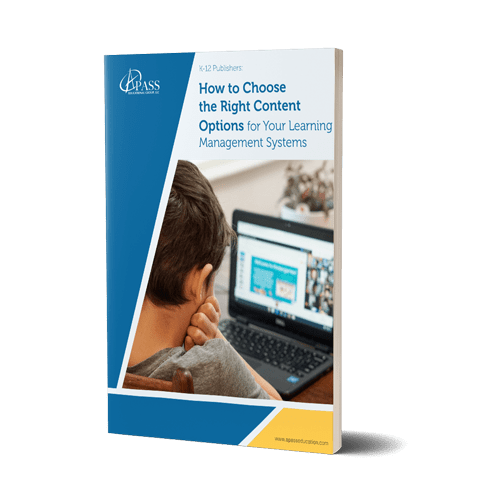K-12 schools are moving more towards incorporating social and emotional learning (SEL) into their curriculum. The curriculum should include particular elements for the lesson plan materials. These elements ensure that students achieve their outcomes and that teachers rely on efficient and effective instructional materials. As a result, district leaders expect the following five elements in an SEL curriculum. K-12 publishers and providers, therefore, should incorporate these elements as they lead their teams to make instructional products:
1.) A SEL Curriculum Covers a Broad Range of Student Needs
To begin with, providers should ensure SEL curriculum covers the essential areas of SEL competence. For instance, materials should help students build self-awareness and social awareness. They should give students opportunities to practice self-management and responsibility taking. SEL materials should also help students build relationships with peers and others. Furthermore, they should allow students to practice responsible decision-making skills.
2.) A Publisher or Provider’s SEL Product Reports Teacher Usage and Student Engagement
Therefore, SEL curriculum should have a reporting system that tracks its effectiveness. These tracking tools measure how well students use and engage the product. These measurements help track learning experiences and outcomes to ensure they are productive. Likewise, it should report on teacher usage and engagement to identify areas of needed improvement. Andrew Pass, our founder, gave his thoughts at this year’s ASU+GSV Summit by concluding, “It’s clear that the ed-tech industry does not sufficiently think about the needs of classroom teachers. The situation is analogous to restaurants not thinking about diners. Silly!” Thus, publishers and providers should work with teachers and district leaders to review the product’s effectiveness. They collaborate to improve engagement and student success.
3.) A SEL Product Estimates the Time Required per Grade Level
Just as important, providers should ensure their teams incorporate estimated time requirements to complete the curriculum. This element helps district leaders and teachers to plan the sequence and duration of the material. Thereby, they ensure proper time allots per grade level.
“It’s clear that the ed-tech industry does not sufficiently think about the needs of classroom teachers. The situation is analogous to restaurants not thinking about diners. Silly!” ~Andrew Pass
4.) A SEL Product Integrates Smoothly into LMS and Other Systems
Furthermore, the SEL curriculum can easily integrate with the learning systems that a school uses. This element ensures schools and students have easy access to the curriculum. Therefore, the curriculum can be designed and adapted for various LMS and other data systems.
5.) A Curriculum Provides Online and Print Services
Finally, providers should recognize that student learning advances with access to multiple learning models. For example, while interactive online learning vividly engages students, print material creates opportunities for students to further their skills. It is also available when online access is not possible or practical and lets students self-guide through the learning process. Therefore, ed-tech companies design SEL curricula for both online and print access.
To sum up, SEL curriculum providers have the opportunity to design effective and engaging materials for K-12 learners. At the same time, district leaders expect SEL materials to cover a wide range of needs. However, as publishers and providers incorporate these five elements into product design, they will meet the needs of districts, teachers, and students.





